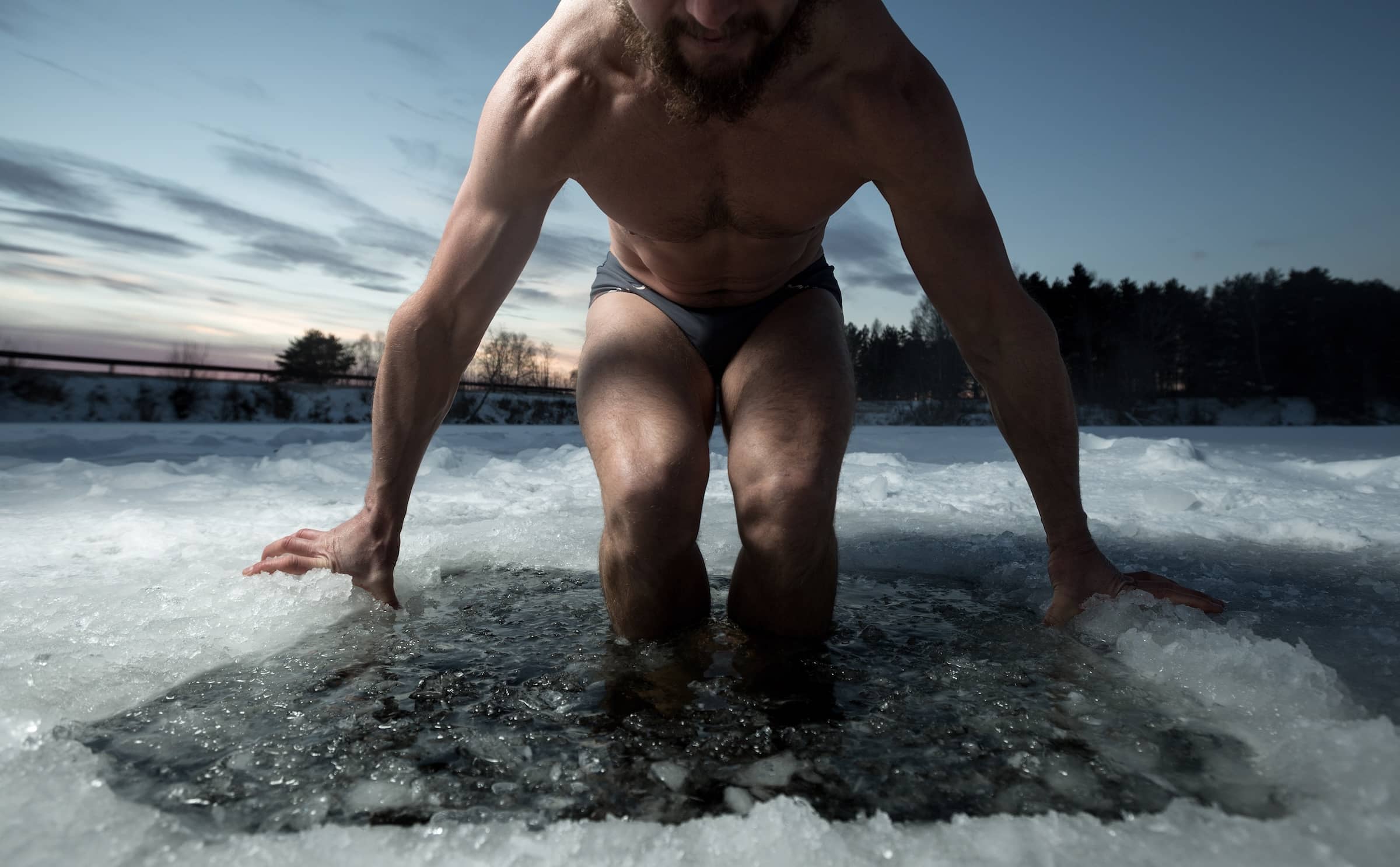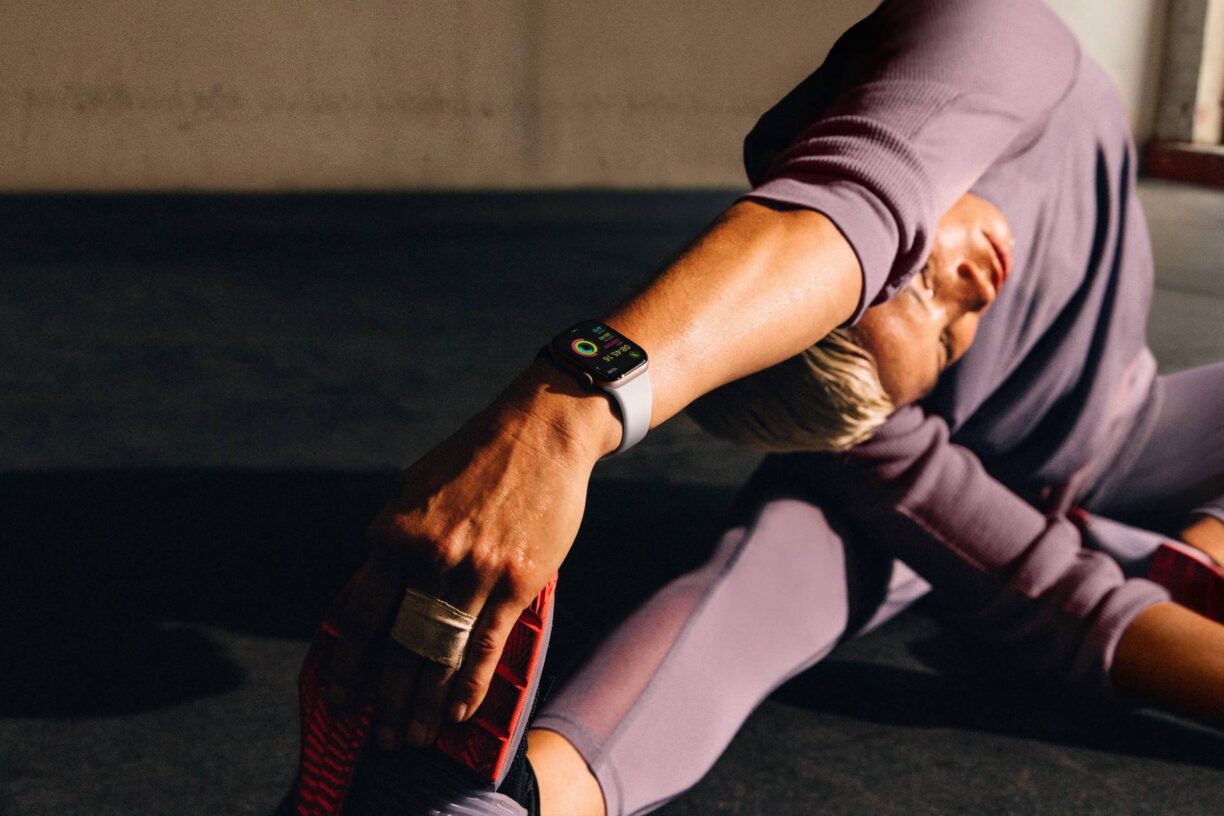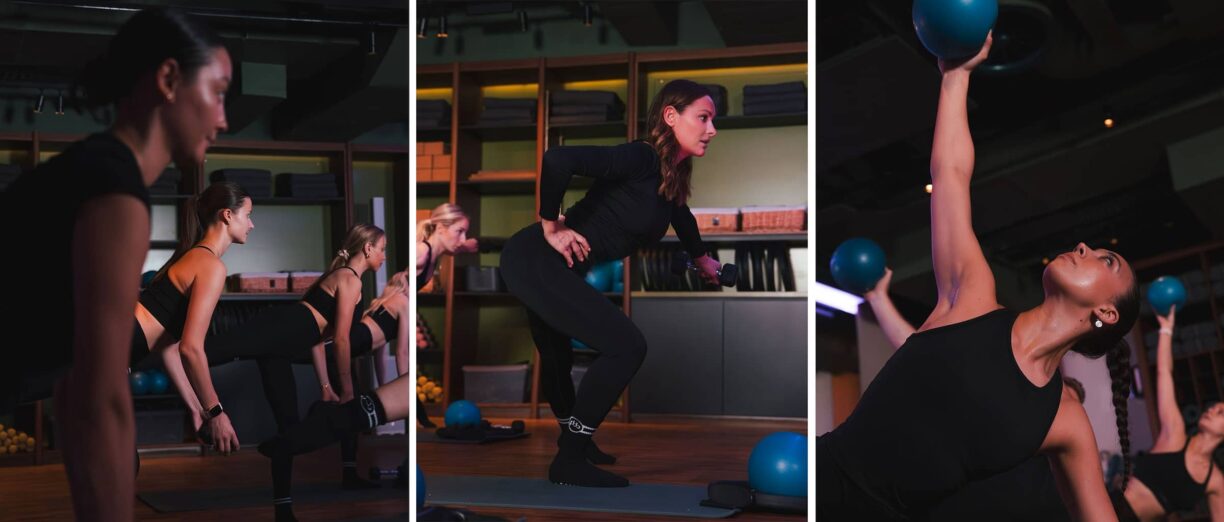There’s nothing greater than the euphoric feeling after a workout. Dragging yourself out of bed for an early morning cardio session is pretty much guaranteed to leave you on an endorphin-fuelled high that lasts well into the rest of the day.
What’s not so great are the aches and pains the morning after. If you’ve ever been unable to walk down the stairs after a gym session, you’ll be pleased to hear you’re not the only one.
So common is this fitness dilemma it even has an official name: Delayed onset muscle soreness (DOMS).
The term relates to the pain and stiffness felt in your body after strenuous exercise, which happens due to small-scale damage to the muscle fibres.
But according to experts, there may be an easy way to avoid the embarrassment of hobbling around after a gruelling fitness session, one we’ve all been overlooking.
Clint Emerson, a former Navy Seal, told Business Insider that his platoon regularly managed to fend off muscle fatigue by ending their post-workout showers with a quick burst of ice-cold water.
It might not sound like the most pleasant morning routine, but according to Emerson, it really works. “There’s actually some science to the madness of putting us in cold water,” he said. “One, the reason professional athletes do it all the time after a workout is it increases recovery.”
The idea is that putting the body in freezing water speeds up recovery after exercise, as it reduces temperature, blood flow and inflammation in muscle tissue (it works in a similar way to placing a bag of frozen peas on a torn ligament).
“It vasoconstricts the entire body, squeezing out the lactic acid so that you can feel good to go the next day,” continued Emerson.
“Even though it was torture, it keeps you healthy, keeps your joints and inflammation down, vasoconstricts everything and allows you to keep moving forward – hopefully without any more injury.”
But it’s not just Navy Seals and professional athletes that have cottoned on to the trick. This year’s Strictly Come Dancing contestants have reportedly been recovering after their Saturday night showdown with ice baths.
This Morning’s Ruth Langsford even shared a video on Instagram of her dance-worn feet submerged in a bucket filled with ice cubes after a particularly painful evening on the dancefloor.
For the braver, there’s whole-body cryotherapy – an extreme-cold spa treatment that involves stepping into a chamber of liquid nitrogen, plunging you into temperatures of -90C.
Footballers Cristiano Ronaldo and Jamie Vardy, and rugby player Sam Warburton are all said to be fans of the process.
If you want to have a go at trying the trick after your next gym session, you don’t have to splash out on an expensive cryotherapy chamber to reap the benefits at home.
Personal trainer Lucy Arnold says you can simply fill your own bath with a bucket of ice cubes to achieve a similar effect.
She advises: “Fill the bath with cold water first and let your body adjust to the temperature by climbing in. Then add the a bucket of ice into the water once you’re already submerged.”
So how long should you wait in the freezing-cold water? “Scientists have found that 24 minutes is the magic number,” says Lucy.
If you aren’t brave enough to tip ice into your bath, Lucy says a cold shower can be effective too. “Ice-cold showers are also great for hair and skin as it tightens cuticles and pores. It’s also said to improve immunity and circulation, as well as being effective at alleviating DOMS.”
Better hair and fully functioning legs the morning after a sweaty workout? We’ll take that.





